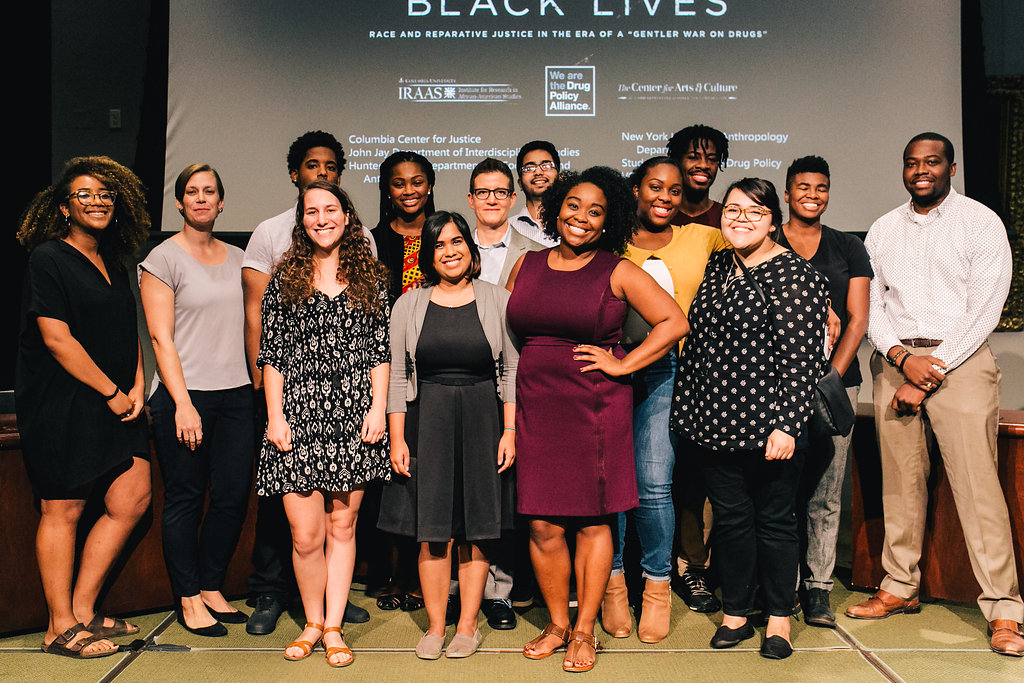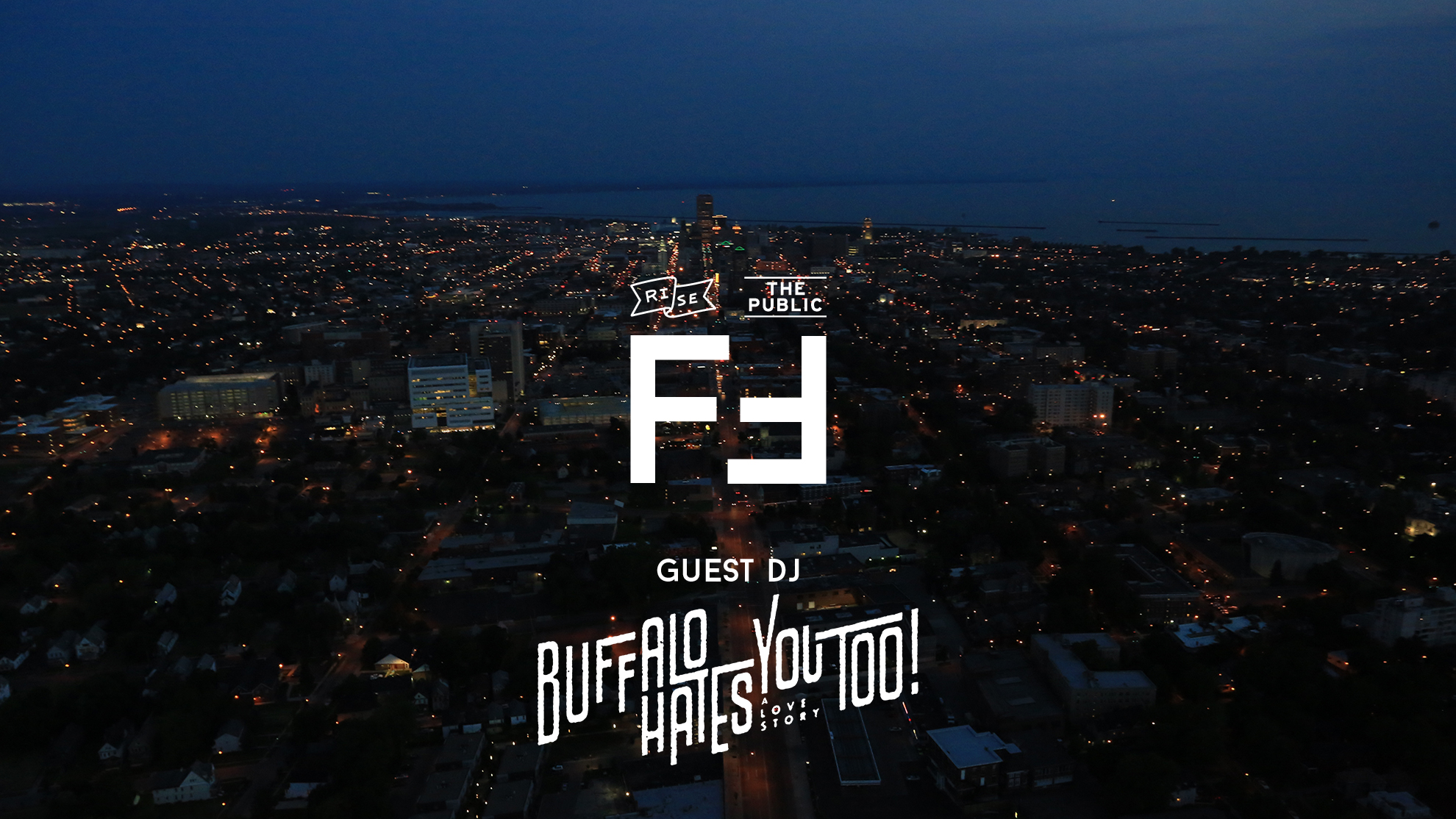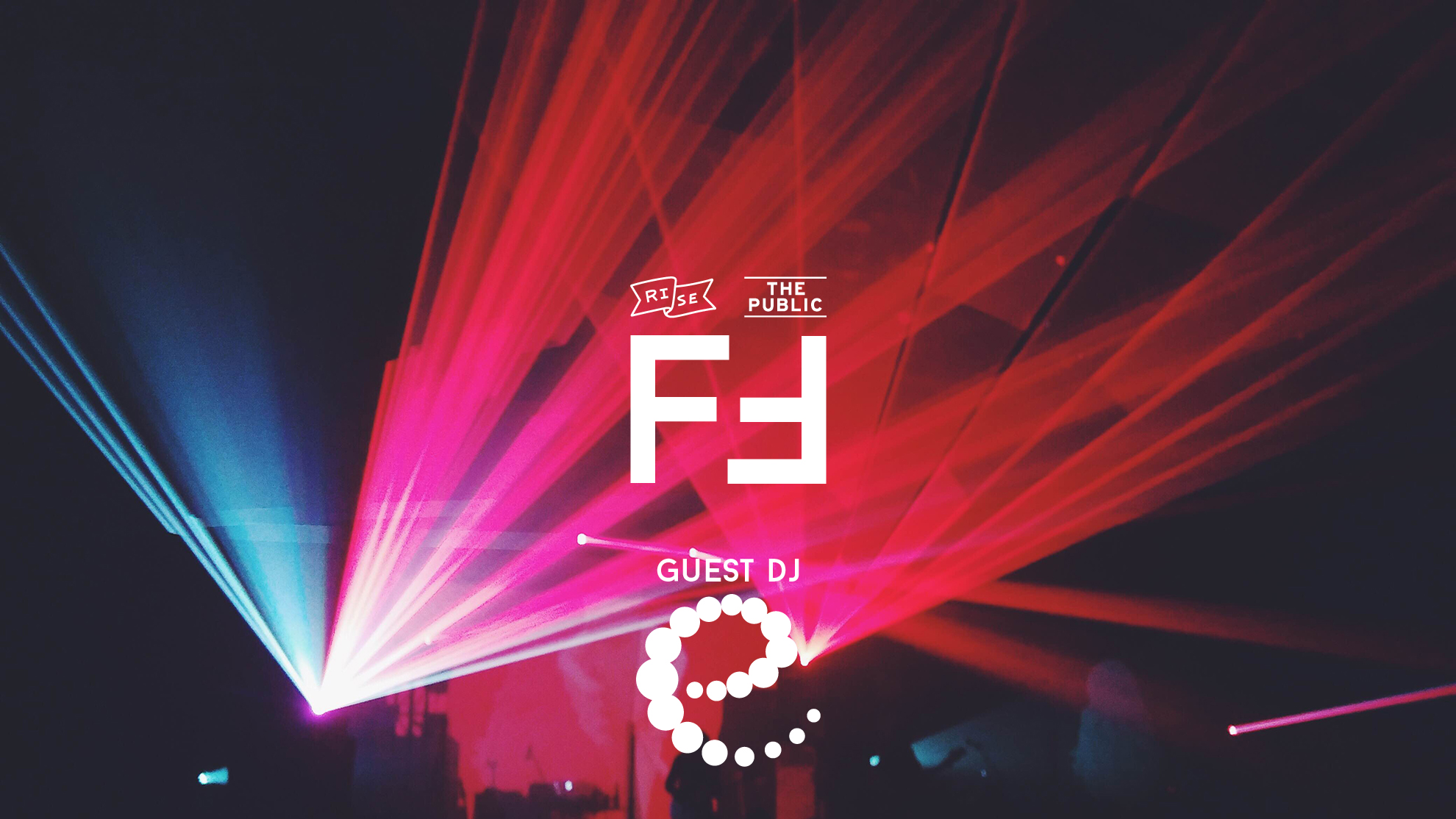Photo Courtesy Drug Policy Alliance – New York Office
Article, Kevin Heffernan, Chris Alexander
The War on Drugs is an Ongoing, Epic Failure
But as more states move toward legalization of marijuana, will those who were disproportionately affected by the racism and classism that dominated drug policy over the last 40 years be able to take part in the above ground industry?
The lines have been drawn in New York State, and voting in your local elections this fall matters more than ever.
Get ready, there’s a lot here. But it’s important. We’re speaking to multiple groups about this issue in an ongoing blog and video series. It is important to note that while their work and statements are combined in these articles and in video, no organization is officially linked to another, especially the non profits and politicians.
By now, we hope you understand the injustice of 40 years of drug enforcement, but here’s a reminder courtesy of Shawn Carter (JAY Z):
It’s not enough to acknowledge the war on drugs was unjust
As New York State inevitably moves toward legalization, what lessons have we learned from writing medical marijuana legislation into law?
When NYS passed medical marijuana, there were multiple financial and legal barriers to entry for entrepreneurial people without much money, especially those People of Color. Black business owners did apply for the first licenses, but not a single one was awarded one. Four years in, and we have the first dispensary owned by a POC opening in Buffalo, according to Assemblywoman Crystal Peoples-Stokes.
We spoke with Christopher Alexander of the Drug Policy Alliance about NY’s previous policies and those we’ve seen around the country where people of color are excluded from the industry:
“There are several layers to this problem of the lack of diversity in the industry and to the solutions that Assm. Peoples-Stokes legislation provides:
Here’s the bill, sponsored by NY Assemblywoman Crystal Peoples-Stokes. It enjoys support in the Democrat-controlled assembly.
–
Here’s its counterpart in the NY Senate. Its chances of passage are currently slim in a Republican-controlled Senate.
–
If you care about this issue, call your district’s candidates as they run for election or re-election this fall and see where they stand on the issue and these bills specifically.
People of Color have been boxed out of this industry in two overt and in one ‘less overt’ way. The first of the two overt ways are exclusions from licensing based on prior convictions. Being that we, people of color, have represented the overwhelming majority of those arrested for marijuana offenses it is ridiculously hypocritical that some states actually barred people from entry in to the industry solely because of past marijuana convictions. That was done mostly in search of “legitimacy” by both rising industry players and regulators who created a false narrative that this industry is all of a sudden distinct from the illicit market because the actors are much more “respectable” i.e. don’t have criminal records.
This legislation explicitly bars past marijuana (and broader drug) convictions as part of the consideration in awarding individuals licenses. It also goes a step further and focuses the types of criminal acts that should be key in identifying who true “bad actors” are. It achieves this by focusing felony exclusions to individuals convicted of crimes related to owning and operating a business. Those include tax fraud, embezzlement, and labor standard violations.
The second overt way people of color are excluded from participation in the industry is astronomically high capital requirements. To participate in the medical marijuana program here in New York each applicant was required to submit two fees with its application: a non-refundable application fee in the amount of $10,000, and a registration fee in the amount of $200,000. The $200,000 registration fee is to be refunded to the applicant only if the applicant is not issued a registration. The application itself in some cases was up to 3,000 pages and required that the applicant pay somebody to do it for them. That is an additional $30,000 dollars. Additionally, the applicants needed to have already leased the 5 locations that they wanted to use for their dispensaries/grow facilities or submit a $2 million dollar bond in its place. That’s 2.5 million and we haven’t even gotten to setting up the business. This is not unique to New York. And without assistance from banks in the form of loans, only folks who have the necessary capital have been able to participate.
This legislation does a couple of things to tackle licensing fees, operating costs, and overall capital requirements. (1) It scales the business operations and the operating fees to be administered. By scaling the operation sizes (rather than taking the one size fits all approach) and allowing folks to operate on smaller scales with a smaller level license we are able to reduce both operating and upfront costs. The language is also specific about the purpose of licensing fees as a secondary layer of limiting the state in its issuing of fees. (2) It restricts vertical integration. Vertical integration is the requirement that a company take the product from seed to sale. This requires an immense amount of resources for a business. By allowing folks to operate only as a dispensary, or only as a grower, or only as a tester; we are not only reducing operating costs but we’re also increasing participation in the industry. (3) It creates a micro-license which is the smallest scaled operator. Only California currently does this and it is basically for the super small businesses for example an individual who sells cookies or baked goods but is limited by space or resources. This is where we think New York can be most innovative.
The last way folks are excluded from the industry is license caps. Which is the essential assertion that the state is only going to allow a certain amount of businesses to operate. This idea creates a competitive advantage to non-POCs who may have more resources or be better connected.
This legislation carries no such cap on operators. However we know that isn’t enough. Because we know that the industry, like any other industry will reach a saturation point and will naturally limit itself, so the legislation also includes MWBE language to make sure the regulators prioritize incorporating women and people of color into the industry as license holders.
There’s a lot more that will be pushed once we get to the regulatory side of things including the incorporation of an equity plan but I hope this sheds some light on what ways the bill looks to tackle the inclusion issue.”
Head to Rise’s Facebook or Youtube pages to see multiple videos covering the issue here in Buffalo and in New York.




